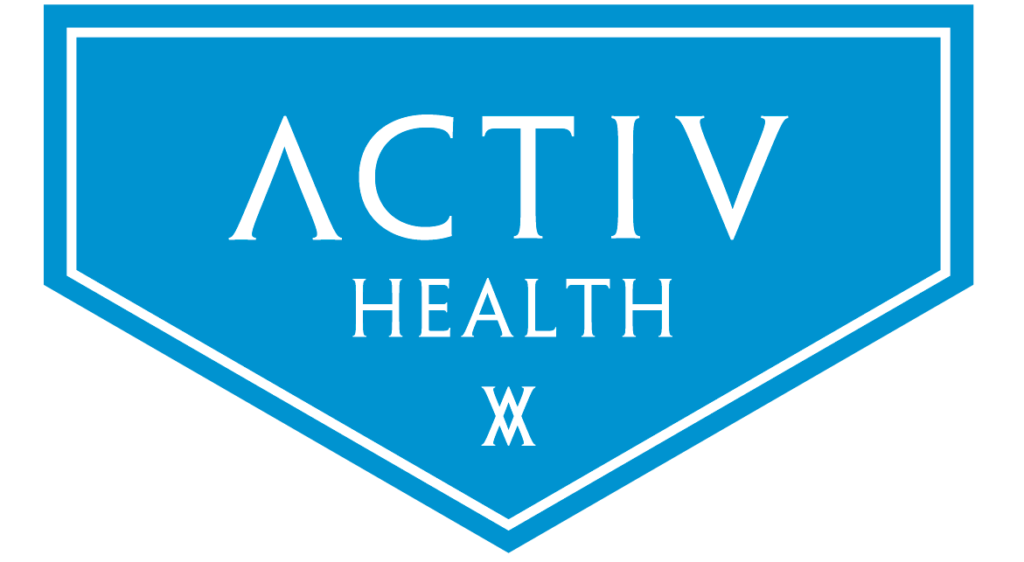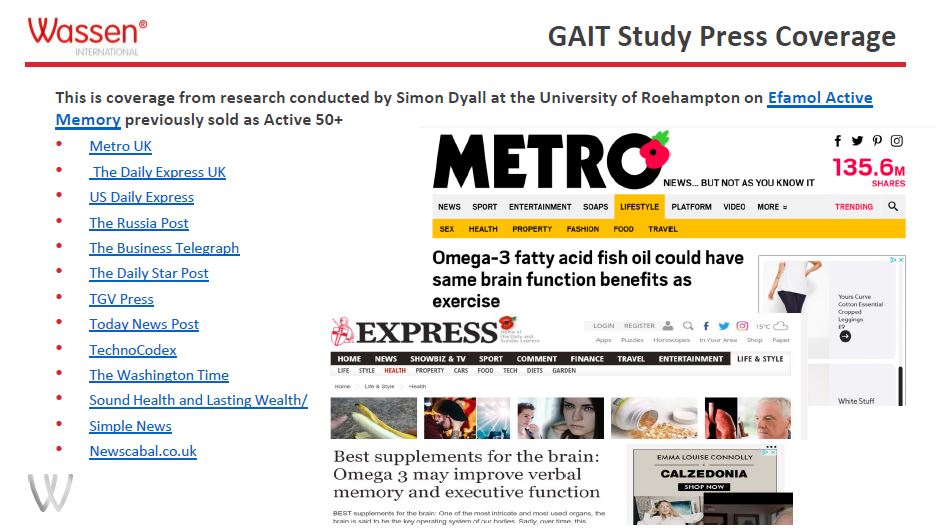Topics: Omega-3 fatty acids, docosahexaenoic acid (DHA), eicosapentaenoic acid (EPA), long chain polyunsaturated fatty acids (LC-PUFAs), age-related macular degeneration (AMD), zinc, anti-oxidants, Vitamins A, C & E, beta-carotene, lutein/zeaxanthin.
Objective: To investigate whether omega-3 fatty acids, zinc, Vitamins A, C & E, beta-carotene and lutein/zeaxanthin can reduce the genetic risk of early AMD conferred by the genetic variants CFHY402H and LOC387715 A69S in a nested case-control study.
Background: AMD is the leading cause of blindness in developing countries and accounts for over 50% of blindness1. Approximately 2.5 million elderly people are affected by late AMD in Europe and 21 million worldwide1. In the United States, AMD is expected to rise by 50% over the next decade to reach 30 million by 20202. While the pathogenesis of AMD remains elusive, risk factors include age, smoking, atherosclerosis-like plaques associated with cardiovascular disease and genetic factors2 including the two gene variants CFHY402H that increases a person’s odds of AMD by 11-fold and LOC387715 A69S that raises them by up to 15-fold. These variants account for over 80% of AMD cases. The long term prognosis for neovascular AMD is poor and for geographic atrophy improved vision is not possible. To date, the only protective factors are nutrients. Previous population studies have shown that higher intake of fish and omega-3 LC-PUFAs may reduce the incidence of advanced AMD, and that combinations of zinc, beta-carotene, Vitamin C & E reduce the risk of progression from intermediate to advanced AMD. However, few studies have investigated the impact of these nutrients plus anti-oxidants on AMD in susceptible individuals. Given the public health importance of AMD, and the lack of successful treatment options, it is important to investigate the use of omega-3 LC-PUFAs for preventive measures.
Method: This study was nested in the prospective, population-based Rotterdam Study investigating chronic diseases in 6780 subjects 55 years and older. 6780 participants underwent an assessments including ophthalmic examination during 1990 to 1993 (baseline). This was followed by 3 re-examinations approximately each 3 years apart. Eligible participants included those who either had no AMD during the entire study period or who developed early AMD during the follow up, who tested positive for the genetic variants CFHY402H and LOC387715 A69S, lived independently, had normal cognition, reliable dietary assessment and gradable fundus photographs from at least 1 follow-up examination, leaving 2167 individuals aged 55 years + available for analysis. The following assessments were completed:
- Semiquantitative food frequency questionnaire by self administered checklist and by an interview with a qualified dietician
- Genetic variants by TaqMan assay
- Assessment of confounders including smoking status, total serum cholesterol, blood pressure, subclinical atherosclerosis composite score
- Incident of early AMD was determined on fundus photographs at the 3 follow up visits (median follow-up 8.6 years).
- Characteristics of participants with and without incident early AMD were compared using analysis of covariance for continuous variables and logistic regression analysis for discrete variables, adjusting for age and sex.
- Participants were classified as non-carriers or heterozygous or homozygous carriers of the CFHY402H risk variant and non-carriers or carriers of the LOC387715 A69S risk variant.
- Interaction between risk factors were determined & hazard ratios calculated to estimate risk of early AMD in strata of nutrient intake & genotypes.
Findings:
A) 517 participants developed early AMD
B) Higher intake of zinc, beta-carotene, and Vitamins C & E significantly reduced risk of AMD.
C) There was biological interaction between CFHY402H and zinc, beta-carotene, lutein/zeaxanthin and EPA/DHA and between LOC387715 A69S and zinc and EPA/DHA.
D) In people with two copies of CFHY402H (i.e. homozygotes) with dietary intake of zinc in the highest tertile, their hazard ratio of early AMD was reduced from 2.25 to 1.27.
E) For intakes of beta-carotene, lutein/zeaxanthin and EPA/DHA, these risk reductions were from 2.54 to 1.47, 2.63 to 1.72 and 1.97 to 1.30, respectively.
F) Carriers of LOC387715 A69Swith the highest intake of zinc and EPA/DHA reduced their risk from 1.70 to 1.17 and 1.59 to 0.95, respectively (all P trends <0.05).
Conclusion: High dietary intake of EPA/DHA, zinc,beta-carotene and lutein/zeaxanthin reduces the risk of early AMD in people with high genetic risk of developing the condition.
Relevance to Efalex Vision, Efalex Active 50+
Reference: Ho L, van Leeuwen R, Witteman J, van Duijn C, Uitterlinden A et al. Reducing the genetic risk of age-related macular degeneration with dietary anti-oxidants, zinc and omega-3 fatty acids. Arch Ophthalmol 2001;129(6):758-766.
[/lepopuplocker]




